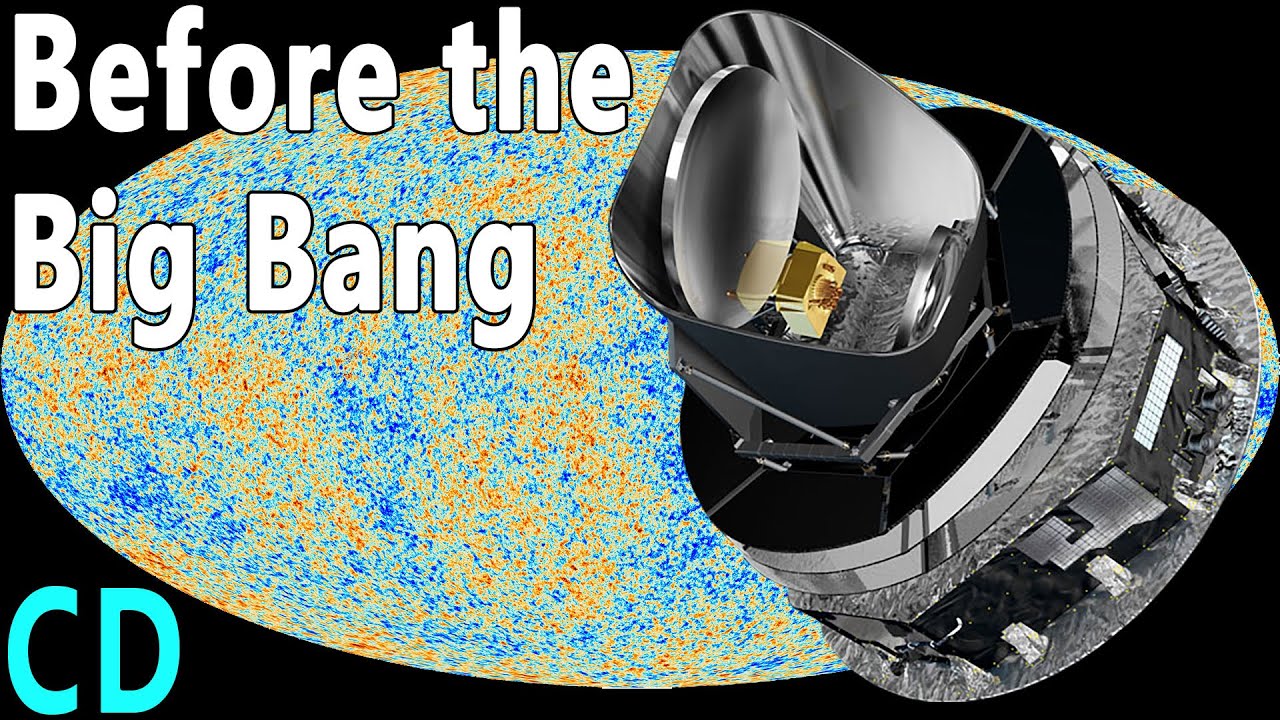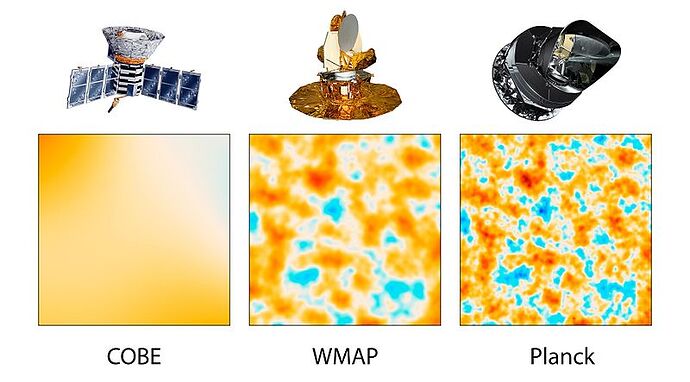The European Space Agency’s Planck spacecraft, which operated from 2009 to 2013, provided the most detailed mapping to date of the anisotropies in the cosmic microwave background (CMB) radiation, relic light emitted emitted when the universe was around 379,000 years old and its temperature fell to 3000° K, allowing electrons and nuclei to combine into atoms, rendering the universe transparent. Planck measured the temperature and polarisation of the CMB in nine frequency bands ranging from 30 to 857 gigahertz.
Planck dramatically improved the resolution of earlier surveys of the CMB performed by the NASA COBE and WMAP spacecraft.
Analysis of the data collected by Planck is still ongoing. The final official data release was in 2018, but these data continue to be mined in searches for structure in the CMB, correlation between hot and cold spots and large scale structures in the present-day universe, and hints of departures from the standard model of cosmology.

